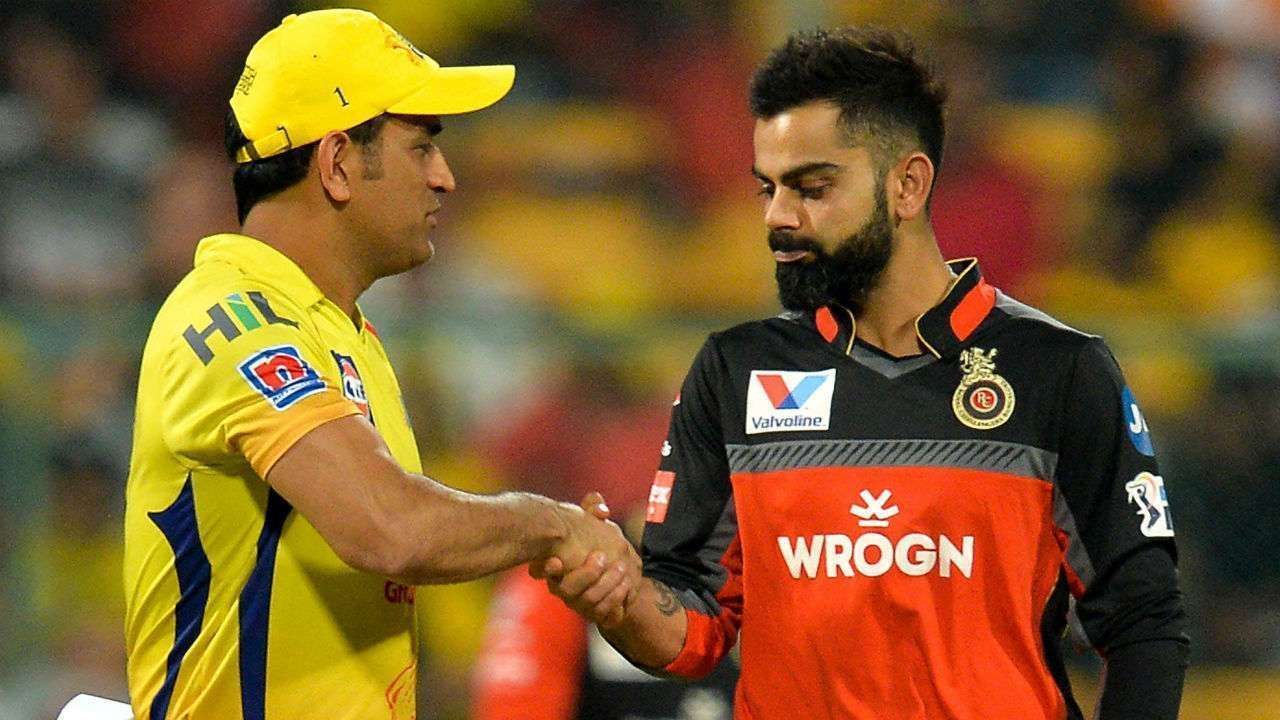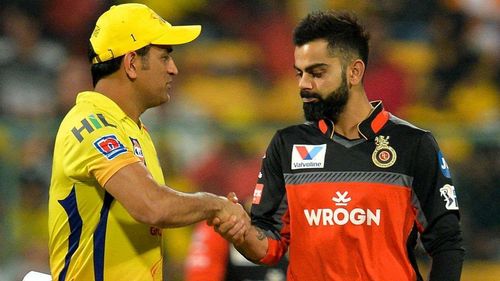
Too much of IPL might not be good for anyone

It’s the 2000s. There have only been hushed murmurs about how big the Indian Premier League (IPL) can become. There seems to be plenty of potential, mind you. The prospect of having all top-notch international cricketers and high-level domestic players under the same roof feels too irresistible to ignore.
But still, when the inaugural edition of the T20 World Cup rolls into town, it is the topic that dominates cricketing conversations. For the keen eyes, the cash-rich league has not yet begun, meaning that the comparison is anyway inconsequential at this moment.
A couple of years later, though, it becomes a conversation that people need to have. International bilateral cricket has become just a little monotonous, meaning that when the IPL actually happens, it is the breath of fresh air everyone was craving.
It’s been exactly 15 years since the Chennai Super Kings and the Rajasthan Royals played out the final of the inaugural edition. The IPL has become an even grander product that it was back in the late 2000s. It sees countless international stars ply their trades. Cricketers of MS Dhoni’s ilk, who have retired from international cricket, rock up and nonchalantly become the reason for a million heartbeats. More importantly, the quality of cricket hasn’t been compromised.
This season, that notion was tested a little. With 10 teams in the fray, talent was a lot more scattered than usual. The cricketing quality didn’t suffer as such but it felt that almost every team had a weakness – a flaw that they needed to hide while also maximising their strengths. Gujarat Titans did that to the tee and deservedly triumphed.
IPL 2022, though, was played majorly in Maharashtra, owing to the risks COVID-19 poses. It also meant some teams played others twice, whereas some sides took each other on only once. It will take another article altogether to explain how that actually happened but for now, it is pertinent to understand that it did happen.
With the home-and-away format forming the crux of any season, it is only time before that model is reverted to. It brings fans. It offers a man in Chennai an opportunity to watch Rohit Sharma and Virat Kohli. It gives someone in Chandigarh a chance to witness Dhoni in the flesh. And the list of sub-plots goes on.
IPL 2022 saw 74 fixtures in total
That, however, would directly lead to more number of games. The 2022 edition of the cash-rich league saw 74 matches in total. By the time the final came around, players and the fans felt fatigued. The players were being paid handsomely and for the spectators, it was a chance to flock stadiums after COVID-19 had ravaged their cricketing plans in 2020 and 2021. But it still felt that this season was a tad longer than what would’ve been ideal.
Which brings us to addressing the elephant in the room. How much IPL is too much IPL? How much of the league can be played without detrimentally impacting what cricket has always stood for (bilateral competitions)? And most tellingly, how can both (if at all) exist in consonance?
A former Indian head coach aka Ravi Shastri, felt that bilateral T20I series are immaterial, echoing the thoughts some people might be harbouring. It isn’t very dumbfounded either, considering a lot of fans tune in to watch the T20 World Cups but aren’t very interested when India play Sri Lanka, for example.
But here is the catch. The IPL is what it is because India play Sri Lanka (or at least used to play) at the drop of the hat. It is what it is because people want a getaway from bilateral contests and then find the IPL, pristinely shaped and waiting to be enjoyed. If it runs throughout the year, without any T20I cricket, it won’t be long before people, for the lack of a better word, start getting bored.
It may not seem as straightforward and for a casual cricket-watcher, all this chatter might even be labelled ridiculous. Like, how can the best T20 competition in the world feel boring? It might not have gotten to that stage yet but if it is allowed, it could get there.
The BCCI has enough money and has enough purchasing power to tell the rest of the boards that this is what will happen. Throughout the year. And every year. And, chances are that none of the others or the ICC will be able to oppose it to such an extent that it will be shelved. Again, there is no guarantee this will materialize in this manner. But if the BCCI puts its foot down, other stakeholders might not have a prayer.
So, imagine this world without bilateral T20Is. Indian players will never play T20 cricket apart from in India because, well, the BCCI doesn’t allow them to travel abroad. There will be four months of IPL cricket out of possibly 9-10 cricketing months. There won’t be as many international players in the IPL because they might not want to abandon their countries. And there certainly won’t be as much buzz about the cash-rich league as there is at the moment.
If anything, too much of the IPL could actually be good for nothing. The only reason why the IPL became as huge as it is, is due to its annual cycle and the fanfare it generated for two months. It was the glorious aberration the cricketing calendar needed. However, it isn’t the norm the cricketing world needs right now.
The concept of marginal utility also comes to the fore here. With the increase in the number of games, each match will feel a little less consequential than it was before. Each encounter will seem a contest that can be missed because there are so many other fixtures anyway. And the IPL, which is the BCCI's golden goose, might not be golden for much longer.
This, by the way, also considers that the rest of the world will be playing other formats bilaterally. So, we will have a keenly-fought Test series between India and Australia. And just when the people want to see them battle each other in other versions, the IPL will say, “Come on boys, that’s enough. Time to go back to CSK, MI and RCB.” It might not happen in this exact fashion. But you kind of get the point, right?
Back in the 2000s, the IPL was a step into the unknown and much of its stature was built around its unpredictability – about not knowing what will happen the next moment and not understanding how long-held cricketing beliefs are being challenged and being won over. If it becomes the dominant theme, none of this will happen. And the IPL will only have itself to blame.
There is a reason why millions watched the Novak Djokovic-Rafael Nadal quarter final at Roland Garros yesterday. There is a reason why the world goes gaga whenever Nadal is up against Roger Federer. There is a twinkle in the eye whenever Cristiano Ronaldo meets Lionel Messi competitively. And an explanation on why Dhoni still evokes the largest roars from crowds at stadiums. It’s because almost everyone, despite these athletes’ immortality, knows that it won’t happen often enough.
You've got to enjoy it while you can.
The IPL has fallen into that category for most of its existence. But it is just flirting with the idea of moving out of that zone. The competition has long been the breath of fresh air, away from monotonous bilateral series. And if the IPL ends up becoming monotonous, well, everyone might have a problem on their hands.